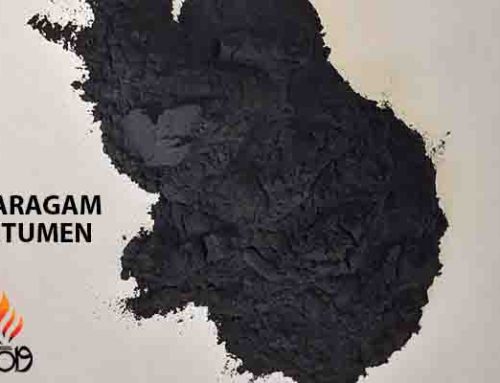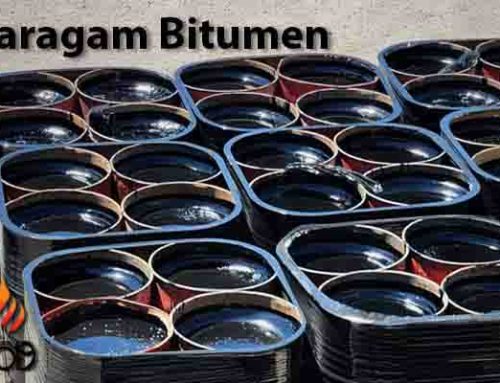
Bitumen Softening Point
How Softening Point Temperature Affects Bitumen Performance
The softening point of bitumen is a fundamental property that determines how it behaves under heat. It defines the temperature at which bitumen transitions from a semi-solid to a more fluid state. Understanding this value is critical for selecting the right bitumen grade for different climates and industrial applications. In simple terms, a higher softening point means better resistance to high temperatures and deformation, making it ideal for roofing, waterproofing, and hot-weather road construction. Conversely, a lower softening point provides flexibility in cold environments, preventing cracks and brittleness.
What Is Softening Point in Bitumen?
The softening point measures the temperature at which bitumen softens sufficiently to allow a steel ball to fall through it under specific conditions. It is determined by the Ring and Ball test according to ASTM D36 or EN 1427 standards. In this test, a bitumen sample is placed in a brass ring, and a steel ball rests on its surface. The assembly is heated at a controlled rate until the ball drops through a set distance, indicating the softening temperature.
Softening point is one of the most important characteristics of bitumen, and this characteristic is used in naming some bitumen. For example, in bitumen 85/25, which is the name of one of the blown bitumen, the first number indicates the degree of penetration of the bitumen and the second number indicates the softening point of the bitumen. Taking this into account, we can find out the softening point value using the name of the bitumen.
Typical softening point values vary among bitumen grades:
- Penetration Bitumen 60/70: around 48–52°C
- Oxidized Bitumen 85/25: around 80–90°C
- Blown Bitumen 115/15: above 110°C
These variations directly affect how each grade performs in different conditions and applications.
Importance of Softening Point in Bitumen Performance
Thermal Resistance
Bitumen with a higher softening point retains its structure and consistency under heat. For instance, oxidized bitumen 85/25 performs exceptionally well in hot climates or industrial processes exposed to high temperatures. It does not flow easily, ensuring dimensional stability.
Flexibility in Cold Climates
Lower softening point grades, such as penetration bitumen 60/70, remain flexible in colder regions. This property prevents cracking caused by temperature fluctuations and makes them suitable for paving in moderate or cold environments.
Durability and Aging Resistance
A balanced softening point enhances bitumen’s resistance to oxidation, UV radiation, and hardening. As a result, pavements and waterproofing layers maintain elasticity and adhesion over time, extending service life and reducing maintenance costs.
Suitability for Different Applications
- High Softening Point (85–120°C): Used for roofing, waterproofing, and industrial coatings.
- Medium Range (60–85°C): Ideal for tropical road pavements and general construction.
- Low Range (<60°C): Suitable for emulsions and applications in cold climates.
Factors Affecting the Softening Point
Several factors influence the softening point of bitumen:
- Crude Oil Source and Refining Method: The composition of the base crude oil determines the hardness and thermal behavior of the final bitumen.
- Air Blowing Process: During oxidation, air is passed through hot bitumen, increasing the softening point and lowering penetration.
- Additives and Modifiers: Materials like gilsonite, polymers, and rubber can improve elasticity and raise the softening temperature.
- Storage and Aging: Prolonged exposure to heat or air can increase the softening point due to oxidation and loss of volatiles.
Testing Standards and Quality Control
Softening point testing follows internationally accepted standards to ensure consistency and quality:
- ASTM D36 – Ring-and-Ball Method
- EN 1427 – European Softening Point Determination
- IS 1205 – Indian Standard
Routine testing helps verify that each batch meets required specifications for industrial, road, and waterproofing applications. Maintaining consistent softening point values ensures predictable performance and stability during handling and use.
Conclusion
The softening point temperature is a key parameter defining bitumen’s suitability for various environmental conditions. A high softening point offers superior resistance to deformation in hot climates, while lower values provide flexibility in cold regions. Selecting the proper bitumen grade—whether penetration or oxidized—guarantees performance, longevity, and efficiency in every project.
Understanding and controlling the softening point helps manufacturers, engineers, and end-users achieve the desired balance between strength and flexibility, ensuring that bitumen performs reliably across all applications.



